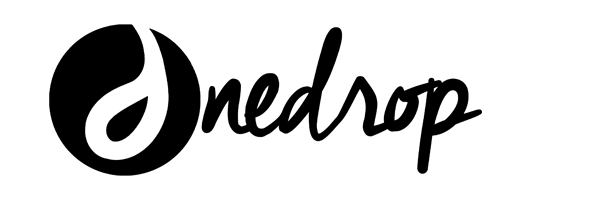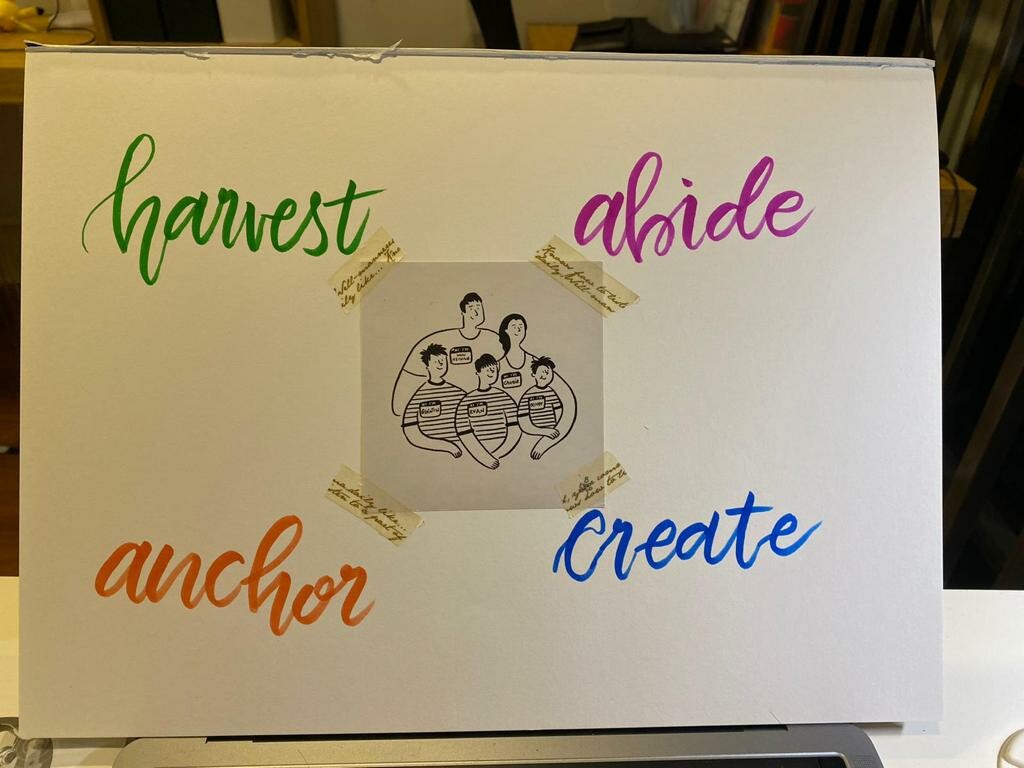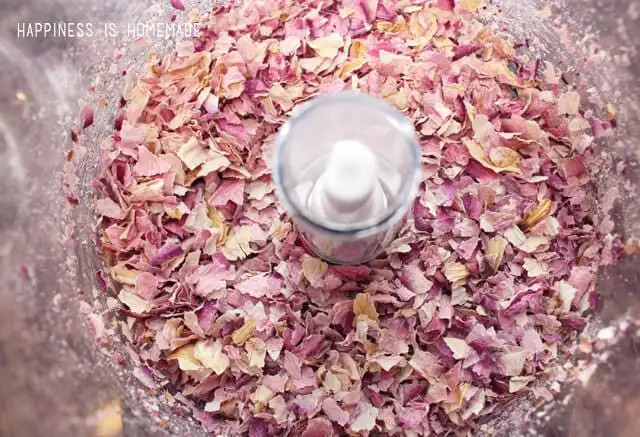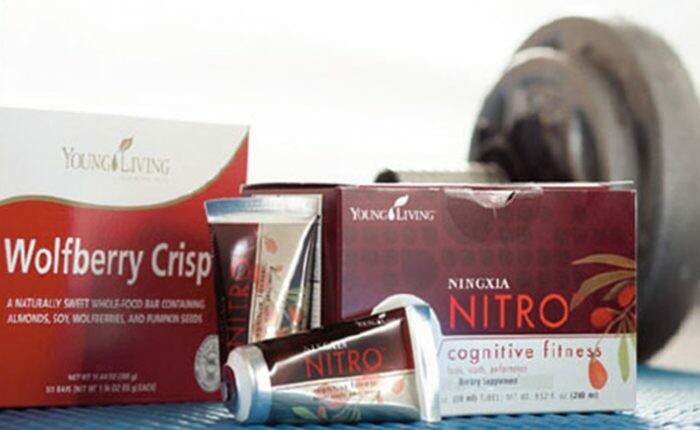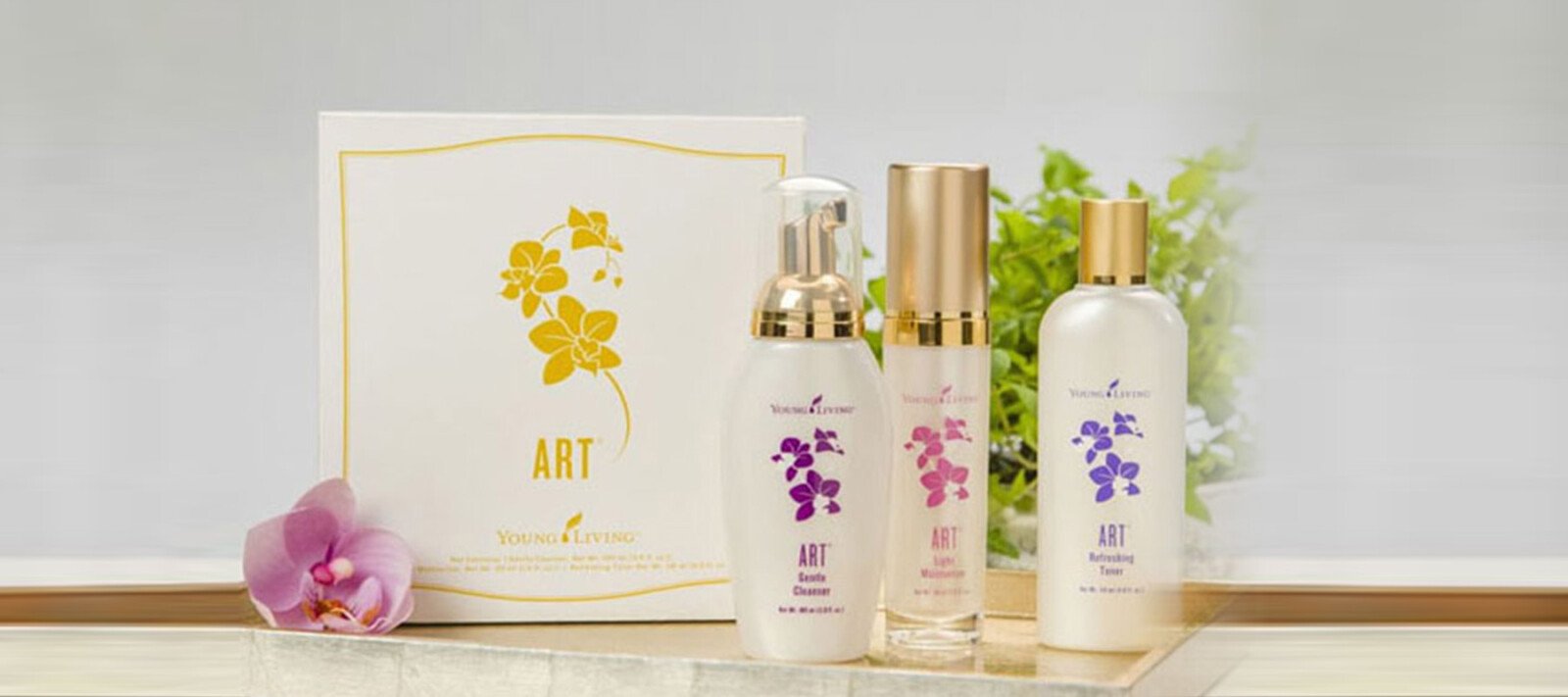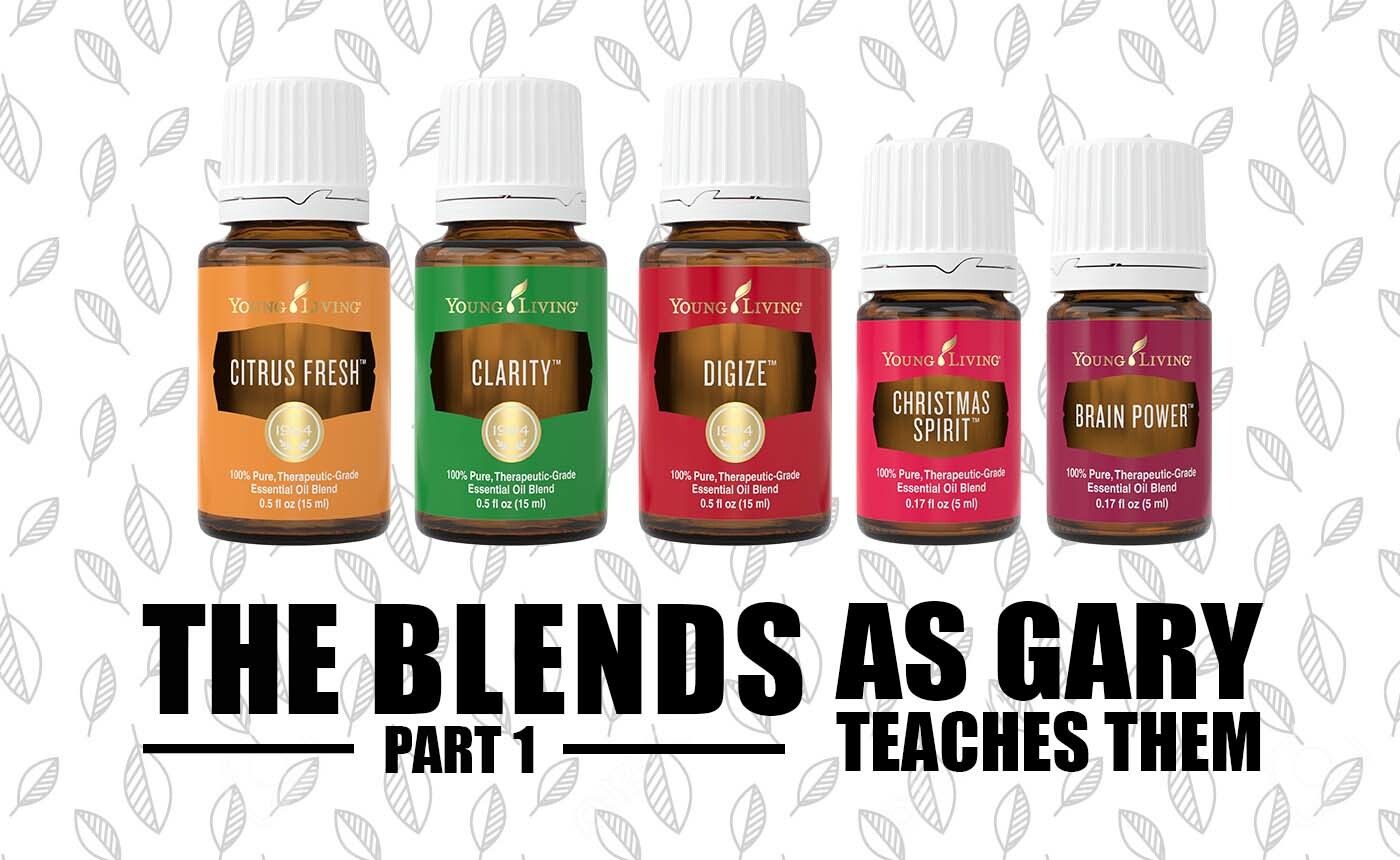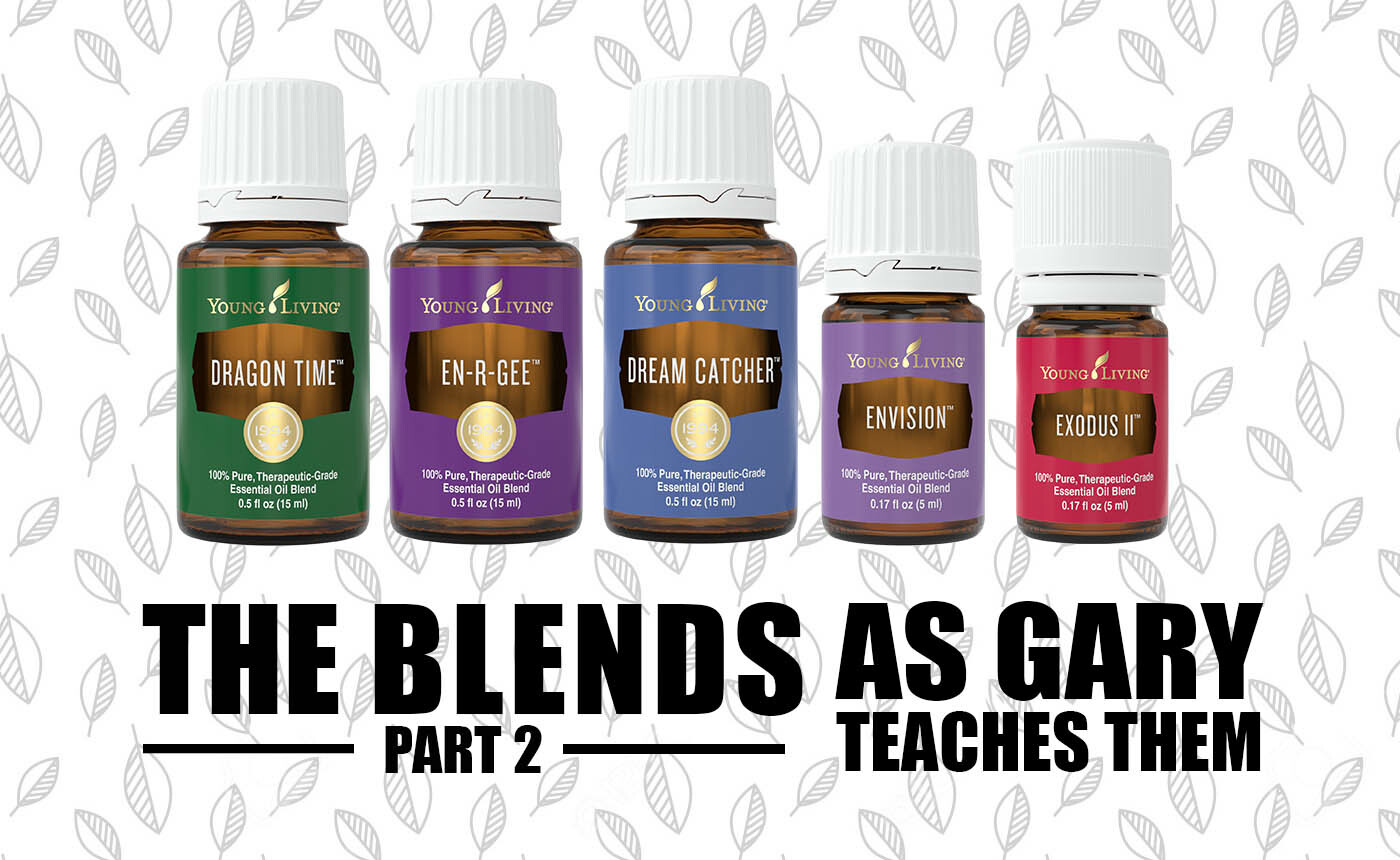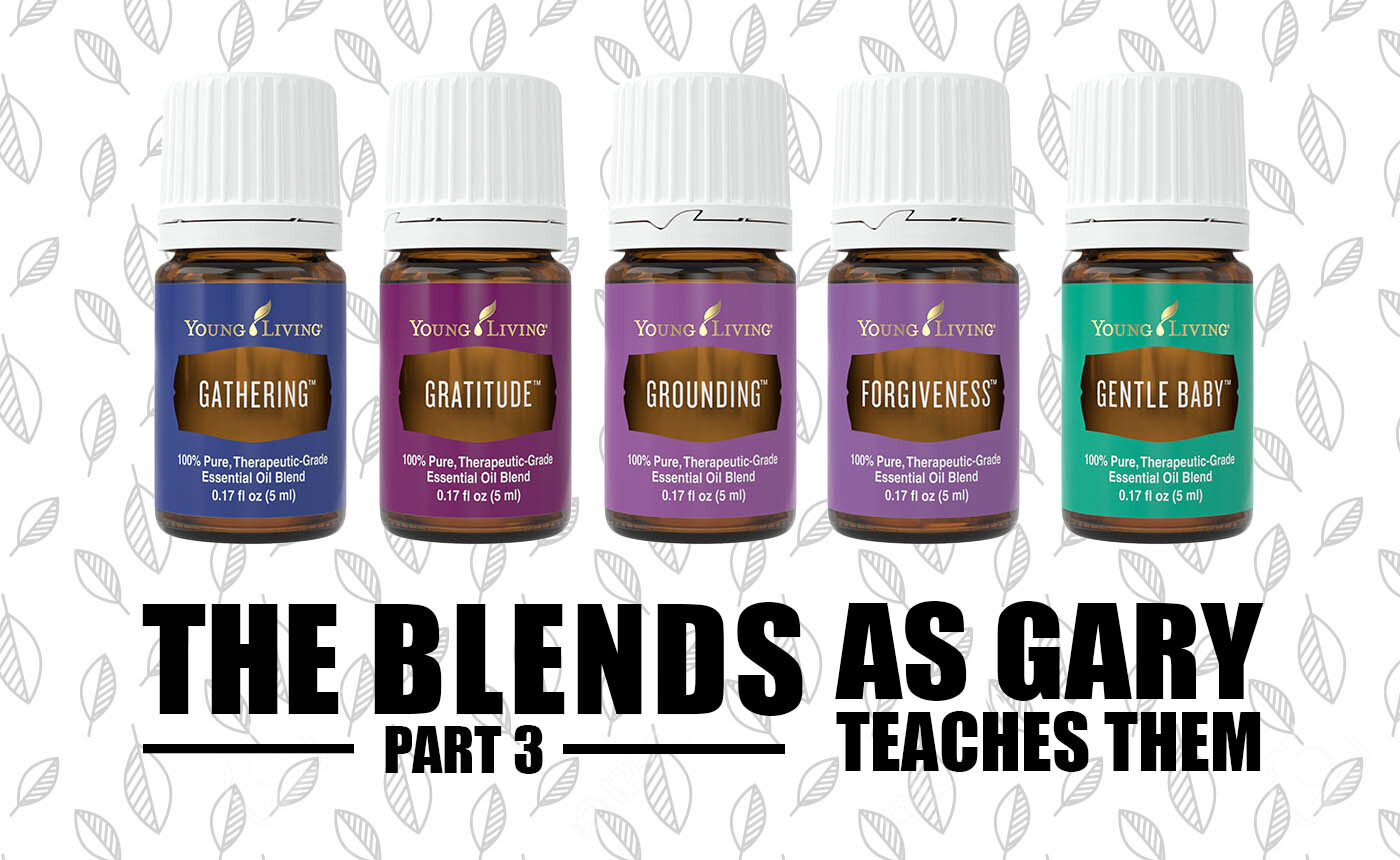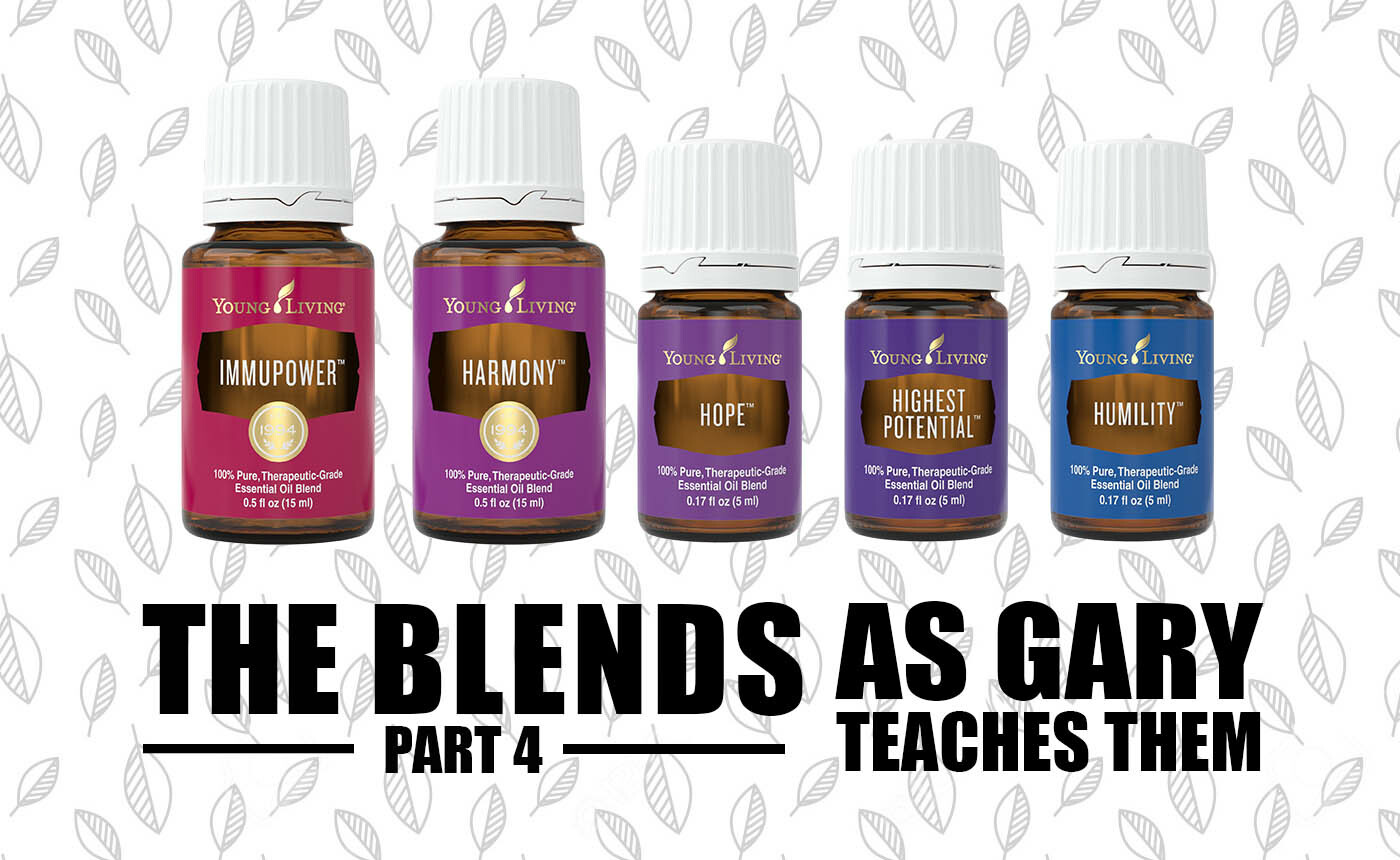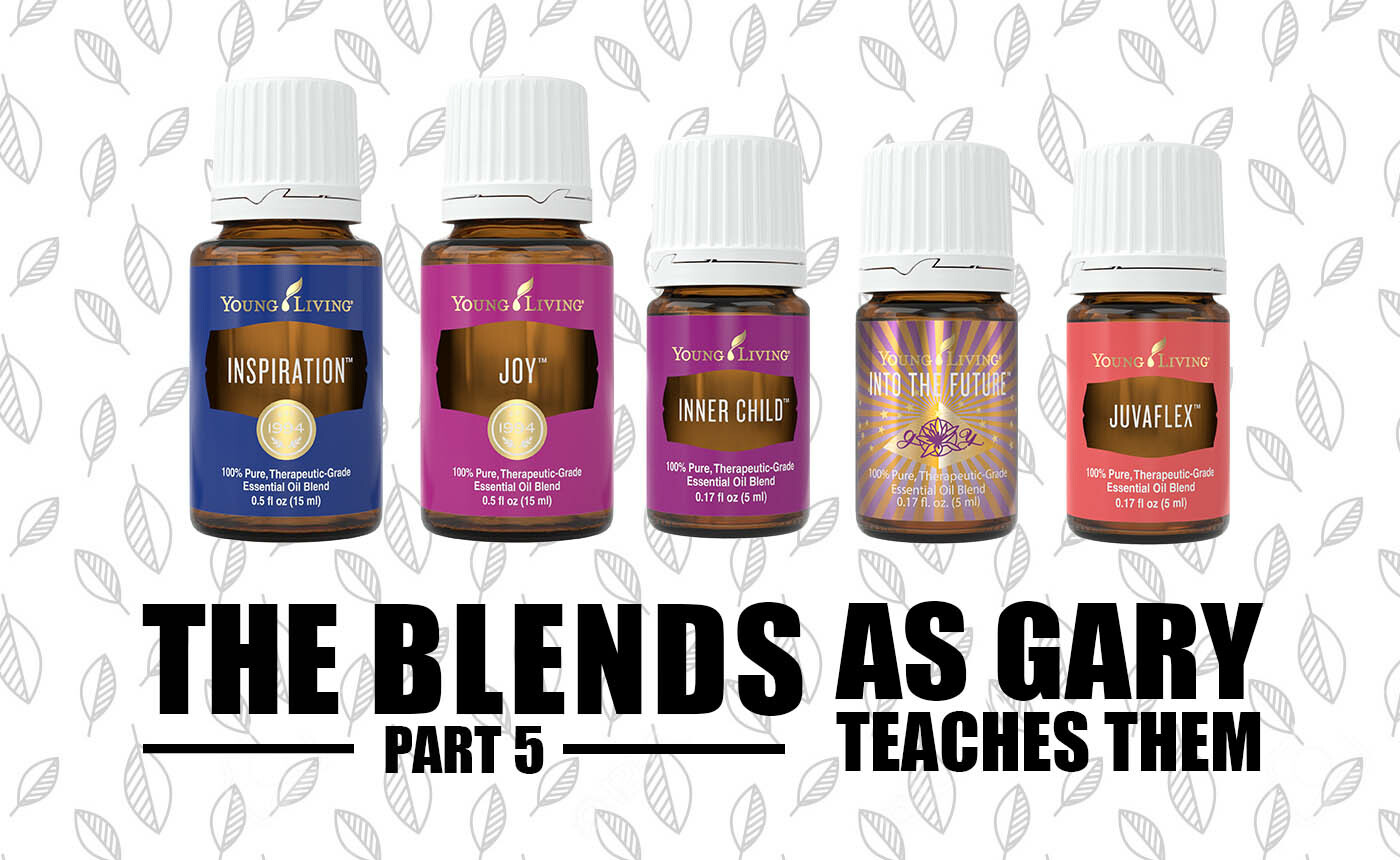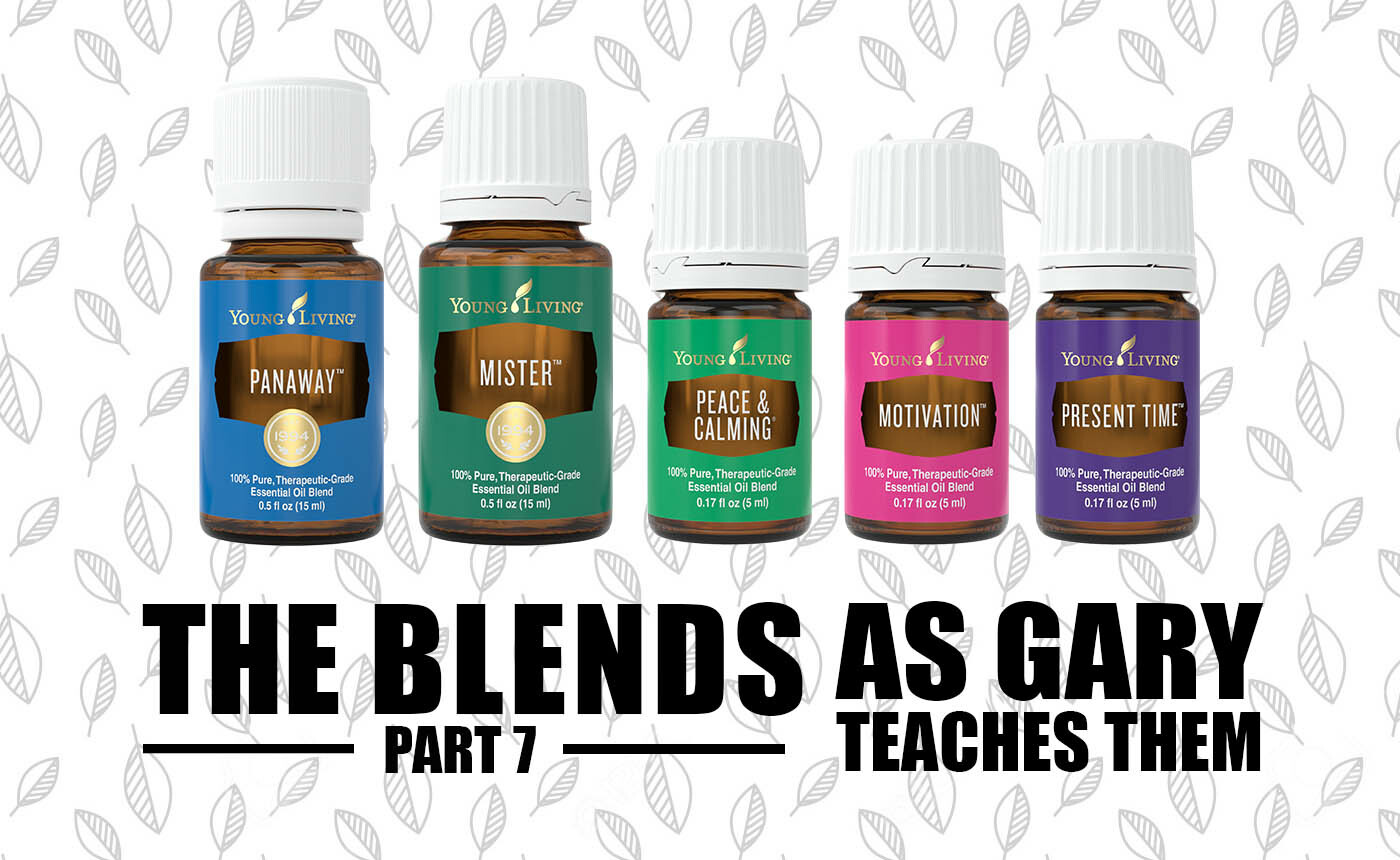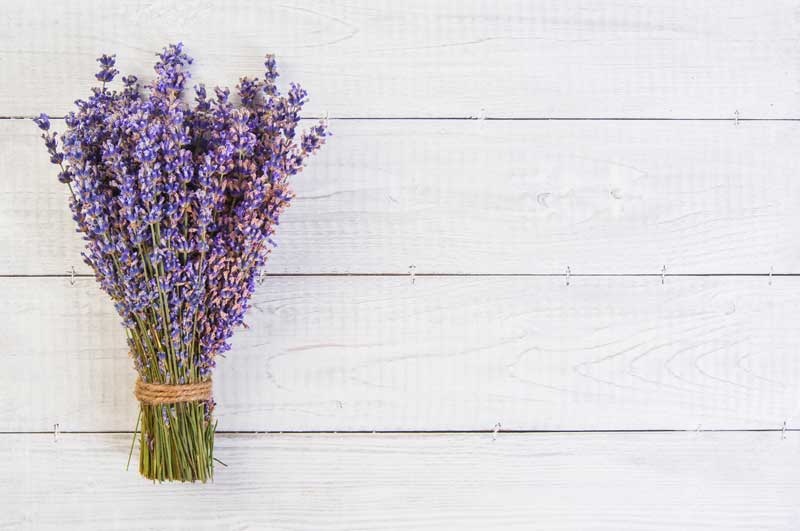
MORE THAN INTENTION, IS ACTION
AN ESSENTIAL OIL VISION BOARDING EXERCISE
This post is contributed by One Drop member – Cherie Tseng.
“The secret of getting ahead is getting started.” —Mark Twain
The creation of vision boards was popularised years ago with the book The Secret and their main Law of Attraction thrust. It is based on the idea that your mode of thinking directly affects what the universe gives you. You receive what you manifest, it says. If you put positive mental energies into the universe, then you increase you change of being the recipient of positive outcomes.
Workshops on vision boards usually have people come together to trawl through magazines looking for pictures that best exemplifies the life that you envision: a bigger house, a fancier car, more money, success. This undoubtedly draws from psychological schools of thought like creative visualization. It would please the Descartians among us: we think therefore we are, and all that.
Over the years, reviews have been mixed; despite even an Oprah endorsement. Traditional vision boarding has lost some of its lustre with even research that suggests that such practice as publicised might have a counterintuitive reaction where practitioners purposely negate potholes and obstacles in a bid to keep negativity at bay. Other issues include practical ones: many of us don’t quite buy magazines anymore.
Still, taking stock, especially after year as unusual as 2020, can only be useful. Think of it as reorientating yourself to your True North; recalibrating, retriangulating.
This adaptation of vision-boarding, which borrows from the classic version insofar as it encourages you to, well, create a board. But sans magazines, and layering essential oils and poignant quotes over personal reflection and introspection. Focusing on action atop intention, method and manner over mere aspiration.
So, let us begin!
Step 1: The centre must hold
For most of us, we all have a central core that drives us. It is most likely our family, but it could be something or someone else. Whatever is that core, put a photo or picture of that in the centre of your vision-board. For me it’s my family.
Step 2: Find your annual anchor(s)
I like words and tend to have a few words that keep resurfacing for me. It could be a long train of thought that took root and never let go, it could be from something someone said that stuck. But we all have that nagging “thing” that becomes a central ethos of your “now”; then crystalize that into words or a few pictures.
For me, there are four words that keep resurfacing in my journaling, the things I am drawn to. They are words I find myself echoing over and over to myself, to people. So I’ve picked four: Harvest, Abide, Anchor and Create. I won’t go into details since you’d have different versions of this. I’ve laid mine out as such, you should too, with yours.
Step 3: Essentially, next, layer essential oils
I have always found essential oils to be a powerful partner in my life; in my physical, emotional and spiritual wellness journey most significantly. So, layering essential oils into your vision-board is a powerful way to add a different dimension to things. There are a few ways you can do this: first, you can research which oils fit best to your anchors. Second, you might simply, well, zen it. This, I mean, you go through your stash of oils or find the one that seems to call out to you. It may not be a direct and obvious fit but give it a go anyway.
Print photos of the oils and stick them on your board. You can even smear a bit of each over each photo like I did. It adds a distinct olfactory dimension to your board! I love it.
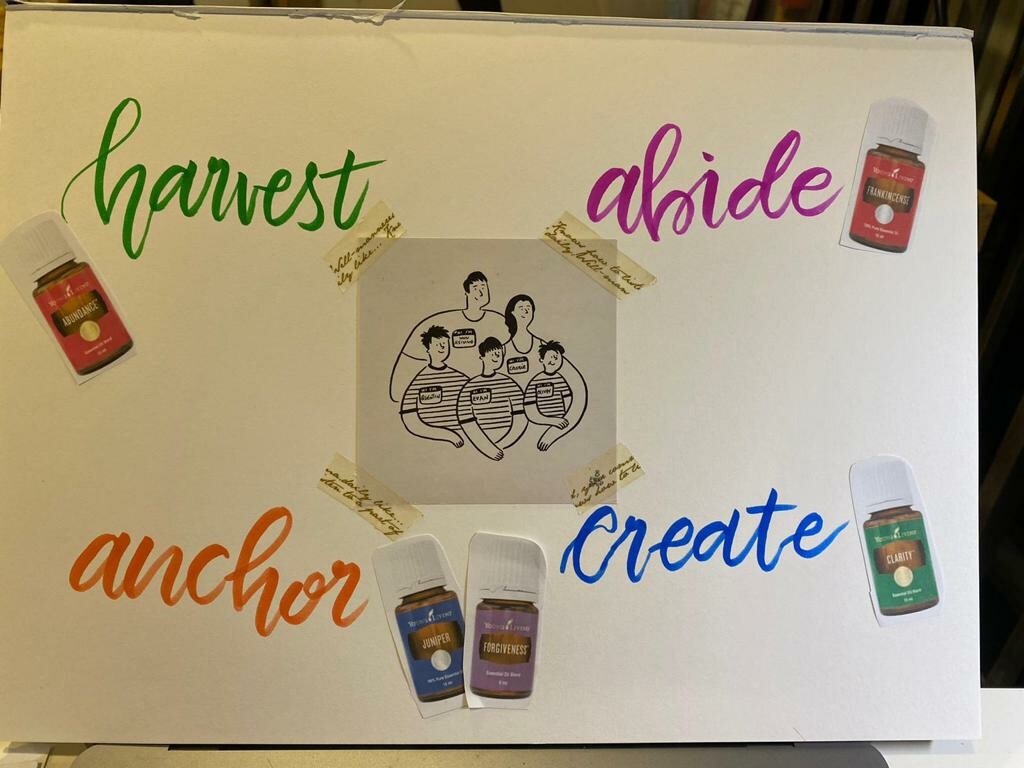
Step 4: Draw out your heart
One of the reasons I dislike using magazine cut-outs is that none of the pictures is really mine. They are my selection of the pictures available to me. I find it far more powerful to use personal images; either photos from your archives, stage photos you can snap instant photos of or draw (like I did.) If you feel your drawing skills might not be your strong suit, head over to sites like Pinterest and download an illustration and trace it in! Working on it by hand makes it personal and it helps you truly internalise this journey.
For Anchor, I selected a spray of Bilbo or Gingko leaves because they signify resilience and inspiration.
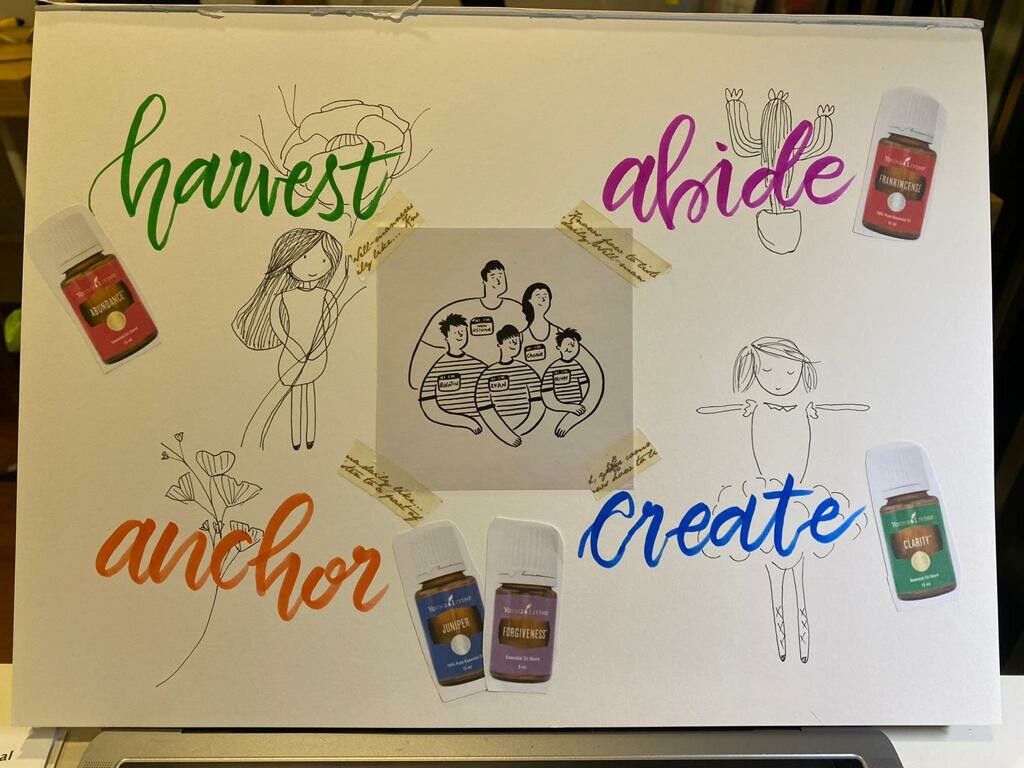
Step 5: Action the intention
While psychological research has shown the power of intention, Mark Twain was right to remind us that action trumps intention. We need to still put in the effort to ensure we are prepared when the opportunity comes by.
For each of your annual anchors write out some actions that you would/could/should take. These should help you flesh out how your anchor might play out.
For create, for example, I wrote specifics on what Create means to me and my year: in writing, in art, in the gifting opportunities; at work, at home and at play. Yours might be, say, Growth and you could have things like completing a course you always wanted, read a certain number of books and keeping a learning blog.

Step 6: Make Connections
After you have written all your little action points, find connections between them. More often than not, all the various parts will be interlinked in some way or other. Why do connections matter? They matter because it will help you realise how interconnected these desired outcomes are. This chain-linked effect means that you’d be doubly or triply enthused about doing something on your board knowing it has a trigger and trickle effect on your vision.
Step 7: What drives you?
Each of your anchors, its related actions and connections all help propel you towards a vision you obviously want; whether it’s towards self-improvement, financial security or better balance in life. For each anchor, consider your actions and derive what it GIVES YOU. Want to do your Phd? What does that mean for you? Want to become gold level leader? What does that give you?
The question I’m asking you to consider, really, is, what does each of your annual anchor give to you, your life, your central core?
Sidebar: Since experiencing 2020, you will find that I, now, seldom speak about work-life-balance. Rather, I simply speak of Balance. The reality is for many of us, work and life are so co-meddled and it is hard to handlined block one out of the other. It forms a fairly unhealthy zero-sum game anyway. Rather, “poor work-life balance” is really a boundary issue and someone who struggles with work-life-balance will probably see imbalance in other parts of their life too. So, it seems more tenable to see the work-life imbalance as a symptom of something deeper.
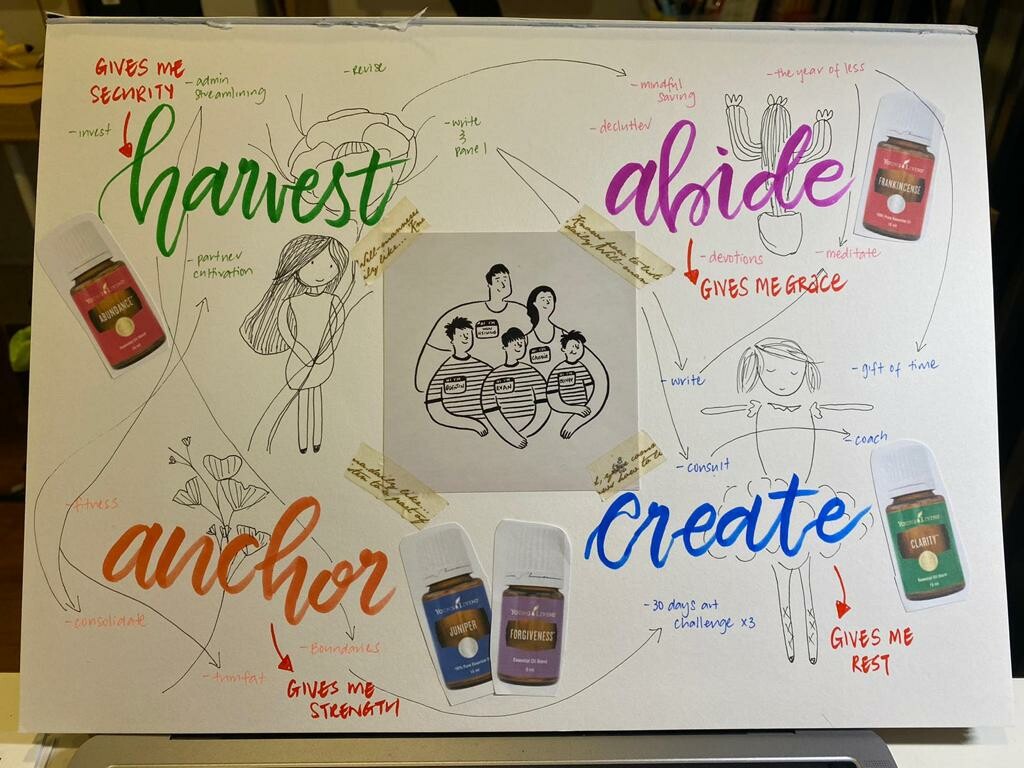
Step 8: Mantra
Well, in the strictest sense, what I am asking of you is not really a mantra. Rather, I am asking if you could find a quote, verse, saying to accompany each of your anchors. This could be an adage that resonates with you, a axiom that you came across on Instagram or something you sought out. You could even make this part removable so you have the option to update as you see fit throughout the year.
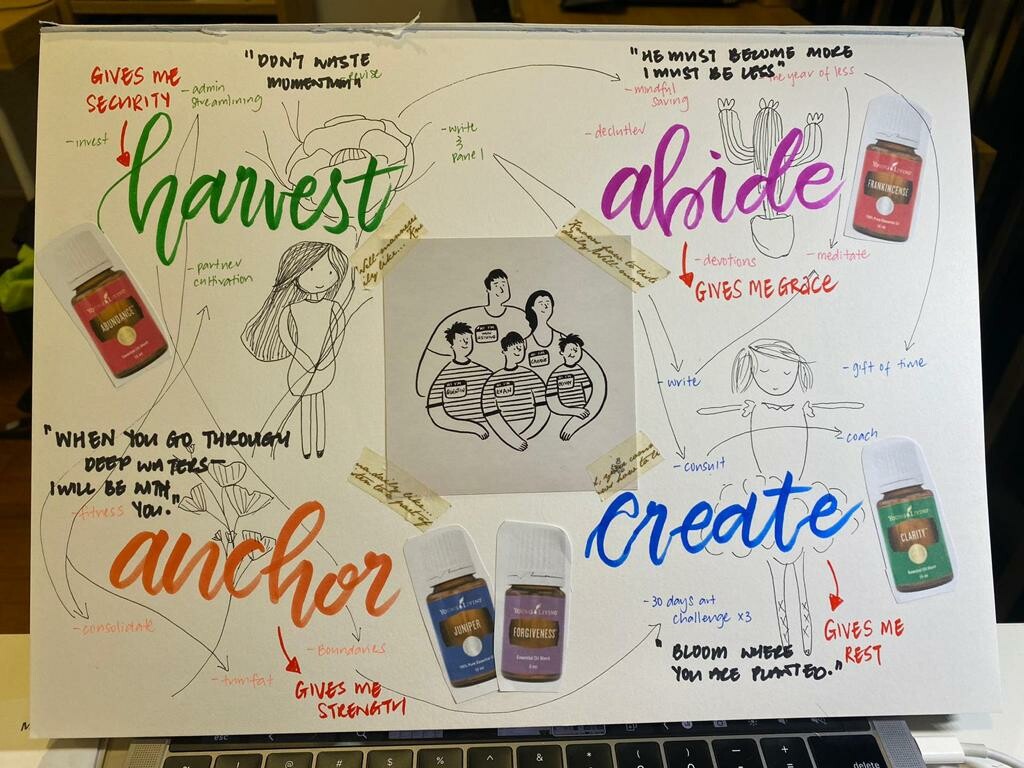
Step 9: Finish up!
I know it seems like all of these aforementioned steps happen at a single sitting. It does not. It usually takes me two to three weeks and possibly many iterations to get to my final outcome. I usually start before Christmas and settle into things only well into January. And really, who says we can only vision-board at the beginning of the year! And, of course, I know of people who mentally mull for days then sprint to completion in a single seating.
The point I make is that, there is no hard and fast rule on how this needs to be done. We are each on our own journey, so find a manner and method that works for you.
I do insist on making one push though, and it has to do with actioning our intention. Let’s try to at least do ONE thing on our action list for each anchor by month’s end. For me, I took on a writing project last week and have been conscious about doing daily devotionals—I realised the app I used now comes with a 10min version, so that works well for me.
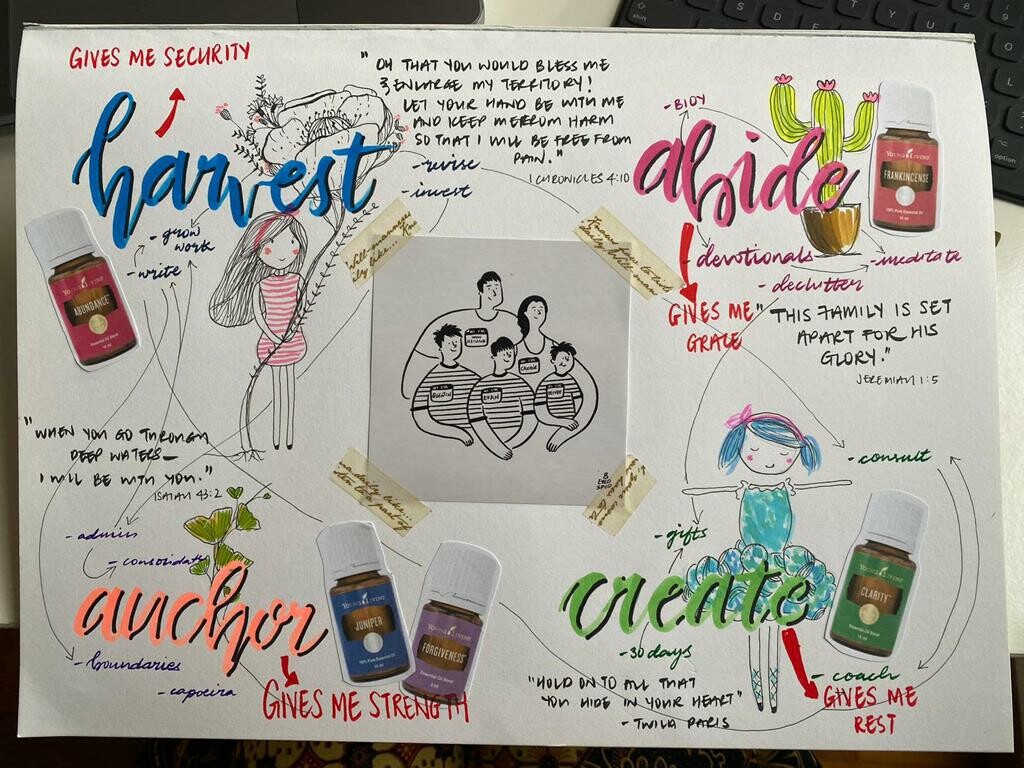
Enjoy the process!
If you like Cherie’s articles and would like to purchase the Young Living oils or have further clarifications, please contact Cherie here. If you are ready to sign up as member to purchase, you can click here to join Cherie and her team.
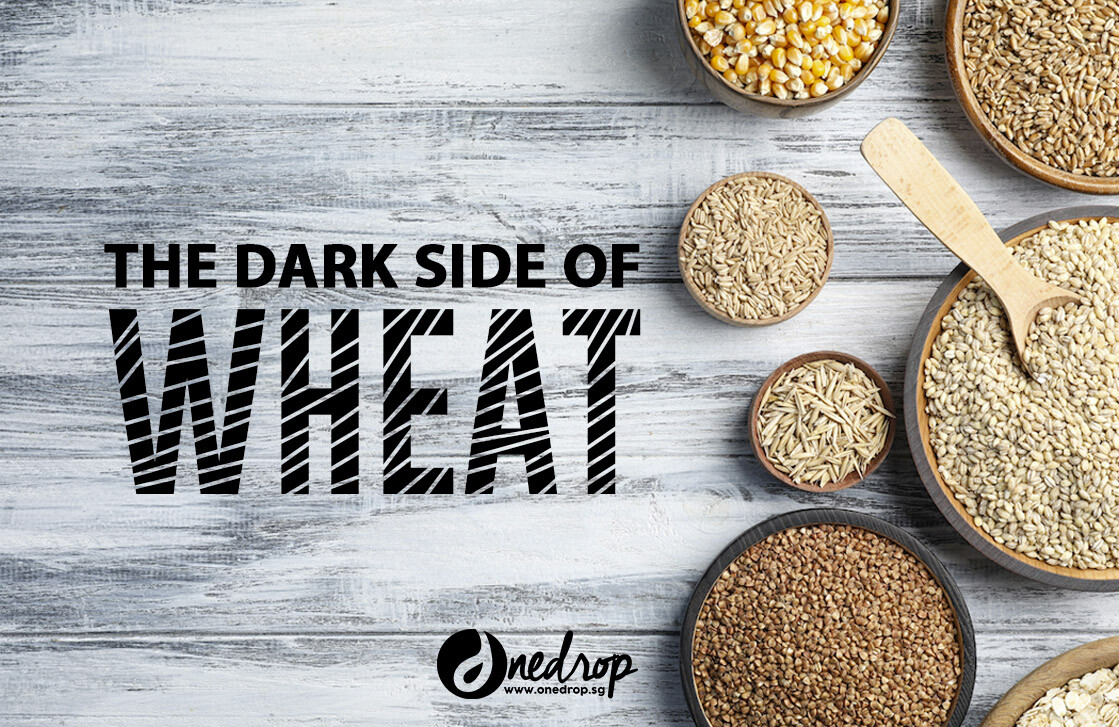
THE DARK SIDE OF WHEAT
This post is contributed by One Drop member –Eva Rosdiana.
Grains, especially wheat is perceived as healthy food. In Asia, “whole-wheat” or “whole-grain” is thought to be better than rice. Health practitioners recommend including grain in our diet, and wheat is among the top choice. In Singapore, food packaging with “Higher in Wholegrain” label has healthier choice logo on packaging.
In 2011, a cardiologist, Dr. William Davis published a book titled: Wheat Belly. 2 years later, a neurologist, Dr. David Perlmutter published another book: Grain Brain. These 2 books explain the danger of high carbohydrate food, particularly wheat and gluten.
Many research shows that gluten disrupts our digestive system. Gluten causes lots of intolerance and even allergies. Yet, Dr. Davis wrote in Wheat Belly that the danger of wheat is far beyond gluten intolerance and allergy.
Modern Wheat is High-GMO
But why did people in the ancient civilisation (like in the bible) seem fine with wheat? It is because the wheat that we eat nowadays is so much different from the ancient wheat.
Anthropologist recorded Einkorn as the first cultivated wheat in human civilisation. It was around 150cm in height, produced small grain, and has low yield. It has a total of 14 chromosomes (7 diploids). Through natural evolution and hybridisation, the ancient wheat evolved to Emmer, Spelt, and Durum wheat.
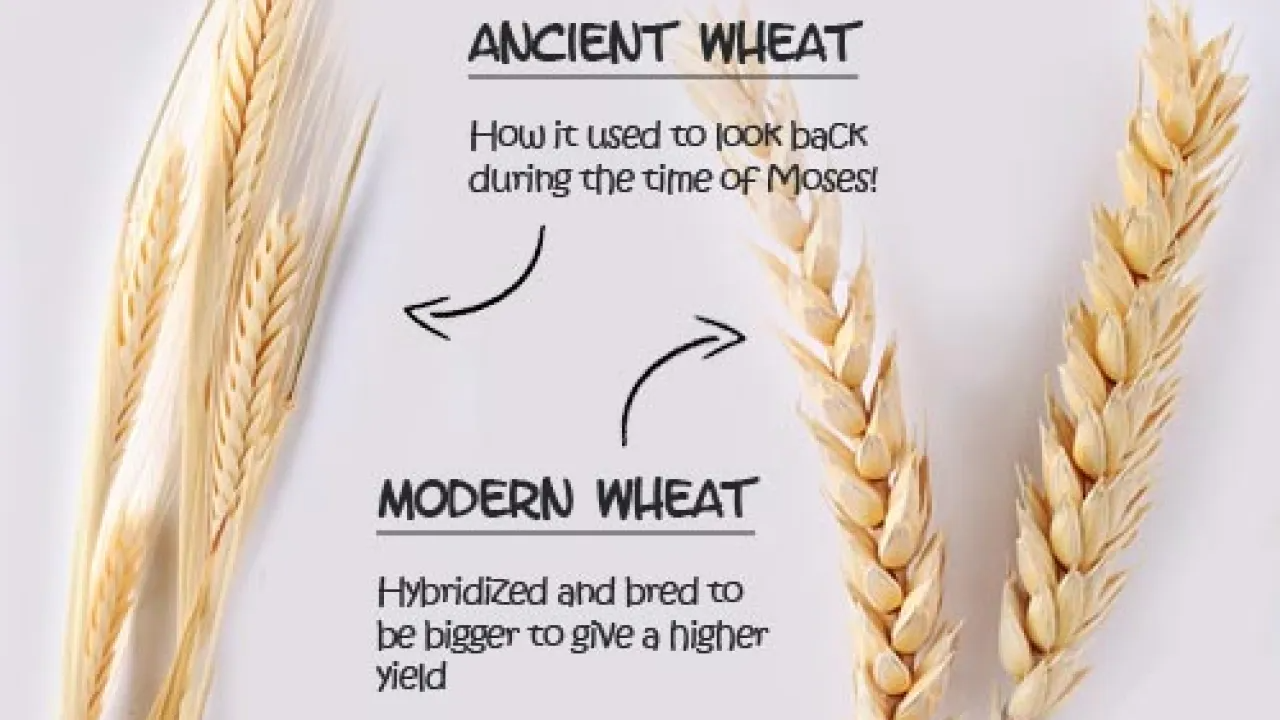
Every evolution added new chromosomes into the species. The current wheat has undergone a very heavy process of genetic modification. The seeds have gone through radiation to create a species that can produce a much higher yield, bigger grain, and resistant to climate and pest. This genetic modification is one of the main causes why modern wheat can result in intolerance and allergies.
Summary of Einkorn vs Modern Wheat
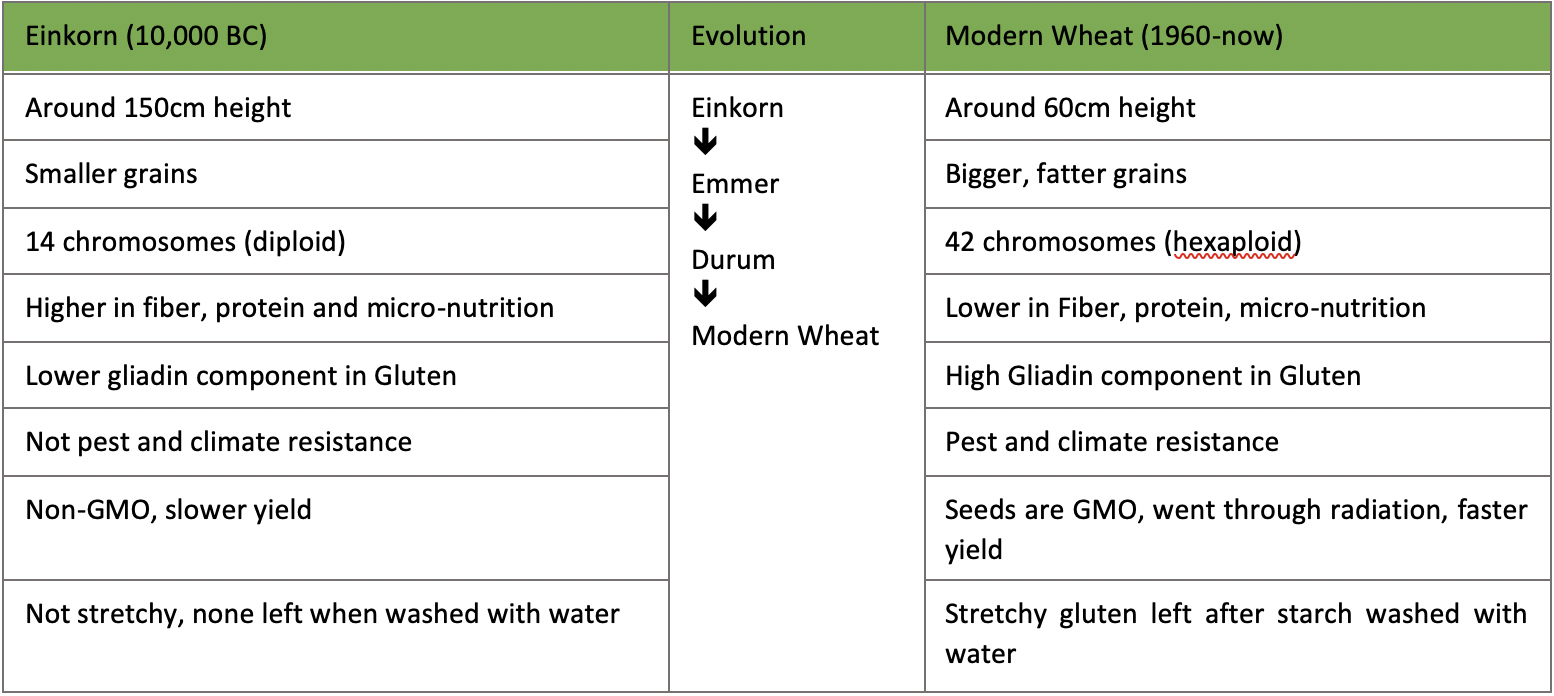
Amylopectin-A
Amylopectin is a branched chain of glucose in high carbohydrate food. Typically, there are 3 types of amylopectin, based on the speed of absorption and insulin spike in our body.
- Amylopectin-A: in Grains.
- Amylopectin-B: in root starchy vegetables such as potato, yam, sweet potato.
- Amylopectin-C: in Legumes.
Amylopectin-A is the highest in glucose and the fastest to break down in our body. Thus, it increases insulin secretion. It causes a high spike in blood glucose, stimulates our appetite, and does not promote high satiety. [Source: Wheat Belly, Dr. William Davis]
Due to the high processing, the current wheat has almost no fiber. As such, it also contributes to the insulin spike and high blood sugar because the glucose molecules are released rapidly into our blood.
Gluten – The indigestible Protein
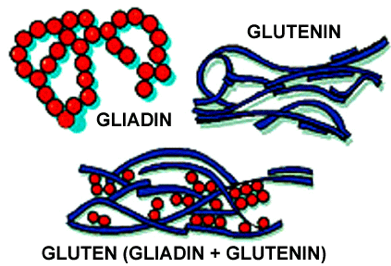
There are 2 components of gluten: Gliadin and Glutenin (as in the left image). The main problem of gluten lies in Gliadin.
When we eat protein (such as egg, meat), our body breaks down the protein into peptides and subsequently to the smallest part, amino acids. However, our body does not have good enzymes to break down gliadin. Gliadin can only be broken down to peptides and it cannot be absorbed by our gut lining. This is what causes the problem.
Undigested Gliadin Triggers Immune Response
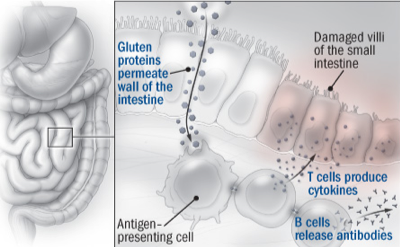
Gliadin weakens Intestinal Wall
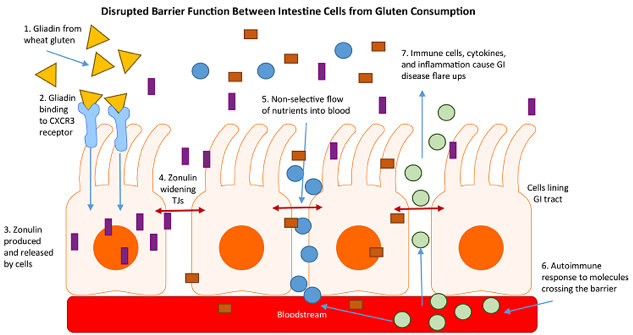
Research has shown that gluten causes changes in gut permeability, also known as loss of gut tight junction barrier function in the GI tract. Normally, cells in the GI tract are spaced at a specific distance from each other. These spaces are known as gut tight junctions (TJs) and need to be spaced close to one another in order to have selective flow of nutrients in and out of the gut.
When gliadin from gluten interacts with the CXCR3 receptors on cells within the GI tract, a protein called zonulin was produced and released by cells. Zonulin then reacts with the GI cells, causing gut tight junctions to grow wider. With the gut TJs widened, molecules that are usually too big to fit through can freely flow in and out of the gut. A research team led by Dr. Maria Barbaro at the University of Bologna in Italy believes that zonulin is a potential biomarker candidate for changes in gut permeability-related GI diseases. [source]
Triggers Brain (Neuro) Inflammation
In Non-Celiac Gluten Sensitivity (NCGS), gluten-triggered inflammation in the gut can instigate inflammation in the brain, referred to as neuroinflammation. Neuroinflammation has been found to play a central, triggering role in brain-related disease. In NCGS, there is a series of steps in the process that ultimately culminates in neuroinflammation and brain changes.
- Consumption of gluten triggers dysbiosis and gut inflammation and increases the permeability of the intestinal barrier.
- Increased intestinal permeability allows lipopolysaccharides (LPSs) produced by gut bacteria to leak out of the intestine and into the systemic circulation. Leaked LPSs trigger the immune system to release pro-inflammatory cytokines.
- LPSs and pro-inflammatory cytokines in the circulation cause toxins to accumulate in the blood stream, inciting systemic inflammation.
- When systemic inflammation reaches the brain, it creates neuroinflammation.
- Neuroinflammation leads to brain dysfunction, cognitive impairment, and an increased vulnerability to neurodegenerative disease.
Neuroinflammation has been associated with depression and anxiety, bipolar disorder, schizophrenia, ADHD, and an increased vulnerability to neurodegenerative diseases. Therefore, NCGS may be an underlying cause of neuroinflammation, gradually altering the normal, healthy functioning of the brain and leading to manifestations of mental health problems and neurological disease. [source]
Going Gluten-Free
The fundamental basis of treatment for non-celiac gluten sensitivity is removal of gluten from the diet. Research indicates that when gluten is removed from the diets of individuals with NCGS, a complete resolution of symptoms may happen.
A nutrient-dense diet that contains plenty colorful vegetables; some fruit; high-quality sources of animal protein; a healthy balance of fats, nuts, and seeds; and perhaps some whole and high-fiber gluten-free grains like brown rice, millet, oats, quinoa is a great framework for a balanced gluten-free diet.
In South East Asia, our traditional diet is mainly gluten-free. Our staple grain is rice and many of our traditional snacks like Nonya kueh are made from rice, glutinous rice flour, tapioca starch. We can always choose those traditional snacks compared to the western cakes and desserts.
Conclusion
Like sugar, the consumption of wheat should be minimised. Wheat mainly contributes to inflammation and discomfort in our digestive system. Minimising wheat consumption will save our intestine from chronic inflammation. Thus, we’re protecting our body health in general.
If you like Eva’s articles and would like to purchase the Young Living oils or have further clarifications, you may get in touch with Eva via Facebook or Instagram. If you are ready to sign up as member with Eva, you may click here.
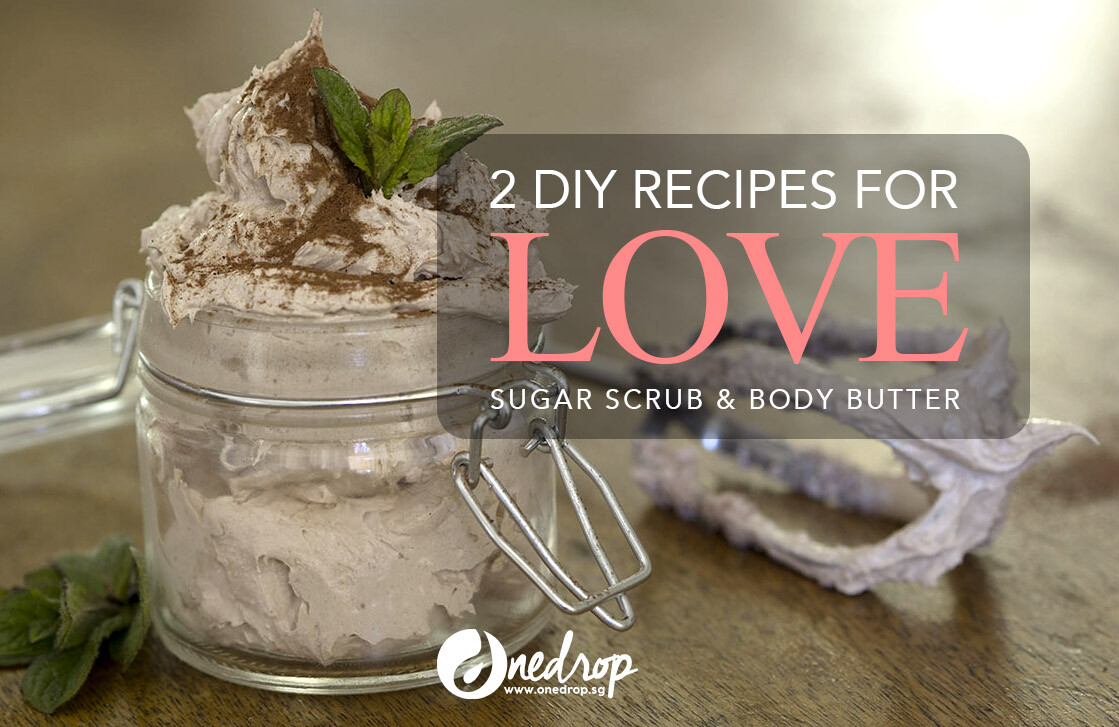
2 DIY RECIPES FOR LOVE
This post is contributed by One Drop member – Ranna Seah.
1) ELEGANT ROSE SUGAR SCRUB
The rose took on this meaning because of its affiliation with Aphrodite, the goddess of love. In Greek mythology, it is said that rose bushes grew from the ground through Aphrodite’s tears and the blood of her lover, Adonis. The Romans, who turned Aphrodite into their goddess Venus, kept the rose as her symbol of love and beauty. So when Valentine’s Day became the mainstream holiday we know today, the rose was an obvious choice for the most fitting gift.
WHAT DOES A SUGAR SCRUB DO FOR YOUR SKIN?
The main purpose of a sugar scrub is to exfoliate and remove dead skin cells, revealing new skin. Homemade body scrub allows you to control what you put in your recipes and what you put on your body and it worked just as, if not even better than OTC sugar scrub, leaving your skin cleansed, exfoliated and moisturised. And it is very easy to make!
TYPES OF SUGAR TO USE FOR SUGAR BODY SCRUBS
There are three main types of sugar you can choose from when making homemade sugar scrubs. The following information are just for your knowledge. For this recipe, we will go with pure cane sugar as it looked better with rose petals.
- Brown sugar is the least abrasive making it a good choice for those with sensitive skin, and a good choice when making a face scrub. Since it is the gentlest, it can be used up to 4 times a week.
- Pure cane sugar (unrefined white) is good for all skin types and contains some essential nutrients to feed the skin. Can be used 2 – 3 times per week.
- Turbinado sugar (raw) is naturally the coarsest due to its large granules and makes for a great body scrub. It is the least processed of the three and holds the most essential minerals. Body scrubs made with raw sugar can be used up to 2 times a week.
MATERIALS:
- 1 cup pure cane sugar
- 1/2 cup dried or fresh rose petals
- 3 tbs of V-6 Enhanced Vegetable Oil Complex
- 6-8 drops of Rose Essential Oil
- Optional: 1 tsp of Vanilla Essence or 10 drops of Vanilla Essential Oils
INSTRUCTIONS
- To make the sugar scrub, start with 1 cup of dried rose petals.
- Pulse the petals in a food processor until they become teeny tiny flakes.
- Combine the crushed petals with the sugar, V-6 and essential oils
- This easy sugar scrub recipe can be made with fresh or dried rose petals. Simply add the sugar and rose petals to a food processor and blend until both ingredients are combined. Pink rose petals create a soft pink hue. Optionally, add a little pink mica* for a stronger pink colour.
- If you want to switch it up, add 1 tsp vanilla extract or 20 drops vanilla oleoresin to make vanilla rose sugar scrub.
- Mix well and then spoon into a storage container. This recipe makes about 16-18 ounces of sugar scrub, so it fits nicely into a pint sized mason jar. Just add a cute fabric jar topper and a ribbon, and it would make a wonderful gift idea!
Pink Mica* is natural shimmer pigment derived from the mineral Muscovite Mica, coated with iron oxide, cosmetic-grade fineness (particle size 10-60 microns).Because it is naturally produced it is a particularly well-loved ingredient among organic and natural beauty brands, and is safe to use on almost all skin types with little to no side effects.
CREDIT: Original Recipes and steps credit to www.happinessishomemade.net
2) Romantic Chocolate Body Butter
Chocolate is considered aphrodisiac food since the time of Aztecs. Chocolate is said to contain substance that inflames desire and make the beloved one more open to romance. In olden days, this resulted in the tradition in European royalty to give their lovers chocolates mixed with amber to stimulate their love.
WHAT IS A BODY BUTTER?
A body butter is normally a type of oil-based cream that doesn’t incorporate any water like a lotion. Body butters usually comprised of a mixture of oils and butters that are often whipped together to give them a lighter texture.
Because they are denser than lotions, they are also more occlusive, meaning that they can create a barrier that helps keep moisture from leaving your skin. That also makes them last longer on your skin than a lotion.
And because they lack water, they also normally have a longer shelf life.
MATERIALS:
- 140 g shea butter
- 60 g coconut oil
- 2-3 tsp cocoa powder
- 5 g vitamin E
- 10 drops of Ylang Ylang
- 10 drops of Geranium
INSTRUCTIONS:
- Weigh out the shea butter, and coconut oil in a double boiler or double boiler insert. The easiest way to do it is to add each to the recipient and then tare the scale between each ingredient to get the scale back to zero.
- Heat the double boiler until the butter have melted.
- Add in the cocoa powder, and mix together thoroughly until it is well incorporated into your mixture. Pour the mixture into a stainless steel bowl that will fit into your freezer.
- Place the mixture into the freezer or into an ice bath to cool the mixture as quickly as possible. This will help prevent a grainy texture in the final product.
- After a few minutes have passed, remove the mixture from the freezer and use a spatula to wipe the solidified butters off the sides of the pan. Beat everything together.
- If the mixture is relatively cool, you can now add your heat sensitive ingredients: the vitamin E and the essential oils. Whip them together with the rest of the ingredients, and place the mixture back in the freezer again for a few more minutes.
- Remove the mixture from the freezer again and, once again, use a spatula to remove the solidified butter from the sides of the bowl. Use the beater to whip everything together.
- Continue the cycle of freezing and whipping until the mixture has solidified enough to keep its shape.
- You can now spoon or pipe your mixture into their final storage containers. I like using glass jars with metal lids for body butters.
CREDIT: Original Recipes and steps credit to thethingswellmake.com
If you like my articles and would like to purchase the Young Living oils or have further clarifications, please drop me a message here or email me at fabulana@gmail.com. If you are ready to sign up as member to purchase, you can click here. I would love to support you in using the oils for yourself and your loved ones.
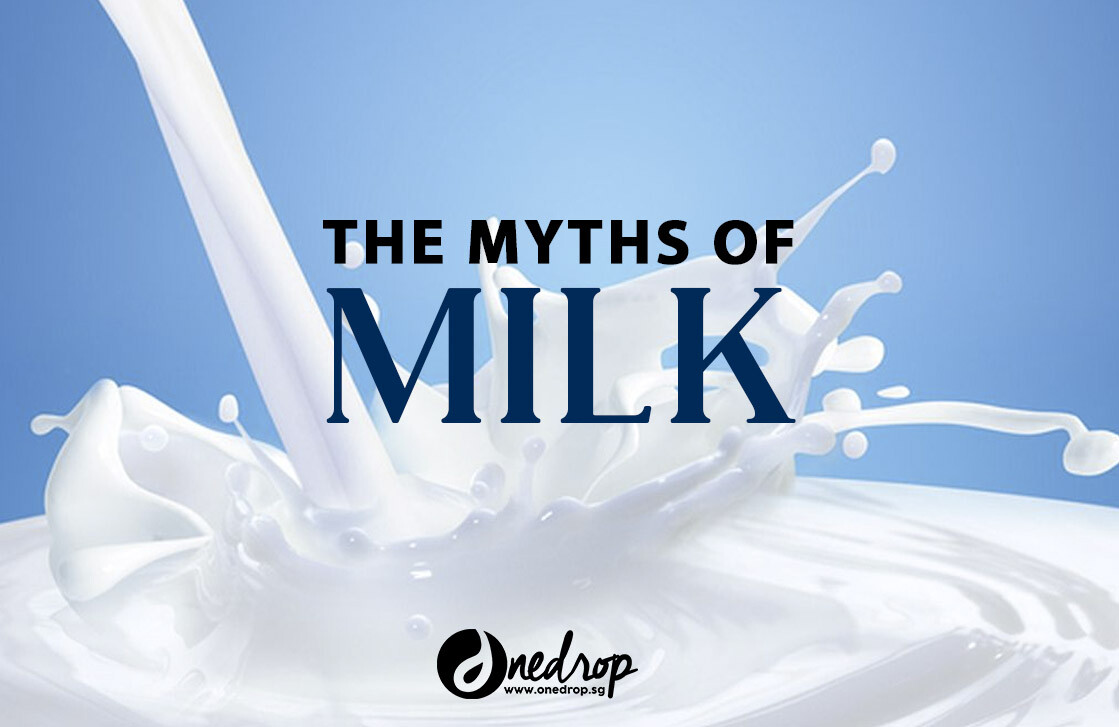
THE MYTHS OF MILK
This post is contributed by One Drop member –Eva Rosdiana.
For decades, we were told that milk is compulsory food in our diet. These statements and understandings have been rooted deeply in our society.
The high demand of milk has led to industrialization in dairy industry. Today, in the United States for instance, an estimated $4.5 billion is subsidizing and supporting the marketing campaigns by the dairy industry. That makes us, humans, as the only species of mammals that drinks another species’ milk after infancy.
My curiosity about milk started in 2011, when I read an article from Mike Geary, a dietician and nutritionist on “The Truth of Milk”. In 2013, I read a book from Dr Hiromi Shinya titled “The Enzyme Factor”. Dr Hiromi Shinya is a Japanese surgeon who is pioneer in colonoscopy and one of the leading gastroenterologists in the world. He wrote that based on his personal, clinical experiences and observations from over 300,000 colonoscopies, cow milk is harmful agent to humans.
The reason behind Lactose Intolerant
Lactose (milk sugar) is a two-chain carbohydrate that consists of one molecule Glucose and one molecule Galactose. Lactose is also present in human breastmilk. We need a digestive enzyme Lactase to break down Lactose into Glucose and Galactose. A lactose-intolerant person does not have sufficient Lactase to digest lactose. This causes the undigested lactase to go into our colon and fermented by bacteria. It then results into abdominal pain, bloating, gas, nausea, diarrhea, and any other discomfort within 30 minutes to 2-hours after consumption.
90% of Asians has insufficient Lactase
In general, the amount of Lactase in human reduces after the age of 3 years old. All humans in early civilizations become lactose intolerant after the weaning years. It was only during the invention of agriculture some thousands of years ago that allowed cultures in the Western hemisphere to eventually develop lactase persistence. Therefore, lactose intolerance rates among northern Europeans can go as low as 5% of adults while in some Asian communities, it can go as high as over 90% (See the map chart). [Source]
Fermentation
Fermented dairy products such as yogurt, kefir, cheese reduce the amount of lactose significantly. During fermentation process, lactose is broken down by the bacteria colony (mainly Lactobacillus) to form lactic acid and sometimes alcohol or carbon dioxide. Lactose-intolerant people can tolerate these products.
However, some fermented dairy products are either further processed or added with high amount of sugar. Even though some products labeled as “healthy products”, we should avoid sweetened yogurt and processed cheesebecause they may cause more harm to our body.
Milk and Casein Allergy
Milk contains protein, called Whey and Casein. Casein can also cause allergy, and usually it is called milk-allergy.
Casein allergy is different from Lactose intolerance. Lactose intolerance causes abdominal and digestive discomfort. Casein allergy can cause symptoms such as a skin rash or hives; swollen lips, mouth or tongue; nasal congestion, runny nose, watery/itchy eyes, and so on [source]. If you have casein allergy, you should avoid all dairy products including the fermented ones.
Casein and whey can cause an actual immune response and be considered a true allergy by promoting an IgE (Immunoglobulin E) response from the immune system. The response can cause inflammation. The number of people with milk allergies is estimated to be far below that of lactose intolerance [source].
The Bad and Worse
The milk that is sold in the supermarket has gone through a heavy process of homogenization and pasteurization. It results in milk oxidation and hydrogenation. Dr Shinya wrote that a calf that is given milk sold in the supermarket will die within 4-5 days. It is because that milk does not contain any living enzymes. He also observed that the cases of dermatitis atopic and allergy have been increasing significantly in the last 30 years. This is in line with the introduction of milk in Japanese school lunch menu since 1960. Pregnant women who consume milk as “source of calcium” also will increase the risk of dermatitis atopic in the babies.
Homogenization
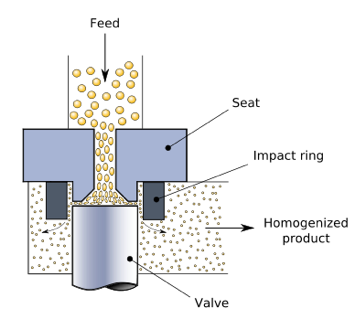
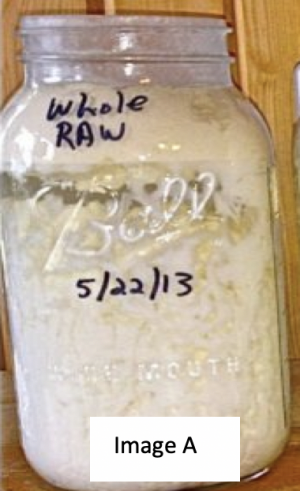
Homogenization is a process to give milk its rich, white color and smooth texture. The homogenization process involves reducing the size of the fat globules – the cream that rises to the top of the glass or bottle – into minuscule portions that are dispersed evenly throughout the milk. The purposes of homogenization are:
- to prevent separation of whey and curd (Image A)
- to prolong the shelf life.
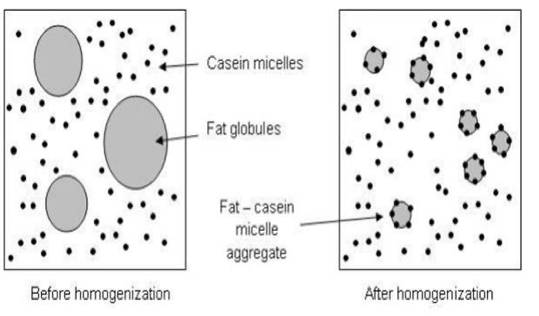
Disadvantages of homogenized milk:
- Free radicals resulting from oxidation and hydrogenation of fat globules
- Bondage with casein to form new aggregation due to smaller fat globules
- Globules get into bloodstream because not properly digested.
- Inflammation because the globules may enter arteries. It destroys our gut microbiome and hence bad bacteria increases in our gut.
[Source: Dr Kurt Oster; Dr Hiromi Shinya – The Enzyme Factor]
Pasteurization
The homogenized milk is brought for pasteurization. Pasteurization is the process of heating the milk at high temperature to eliminate bacteria and extend the shelf life of milk.
The most common pasteurization process in the market are [source]:

Disadvantages of pasteurization are:
- Denatured protein
- Damaged natural calcium – hence many manufacturers add synthetic calcium
- Elimination of living enzymes that are present in raw milk, including Lactase. Enzymes will get destroyed from 43°C.
- Elimination of vitamins (such as A, C, B6, B12)
Truth or False – Milk is the source of Calcium
The most common misconception is milk can prevent osteoporosis. This is based on a scientific statement that calcium in our body reduces as we age. As milk contains high amount of calcium, we are advised to consume milk to add calcium into our body. Can our body absorb milk calcium fully?
In normal situation, plasma calcium (Plasma Ca) level is 9-10mg. When we consume milk, calcium concentration increases significantly. But the bioavailability of calcium from dairy product is only 30% [source]. When Plasma Ca is too high, our body tries to bring it to normal level by disposing the excess calcium through our kidneys and coming outas urine. This will add burden into our kidneys.
Additionally, synthetic calcium that is mostly added in milk can be harder for our body to process.
Calcium Absorption
To fully absorb and use calcium, we need these 3 micro-nutrients:
- Magnesium (Mg) – Stimulate Calcitonin hormone in Thyroid gland to help Calcium deposit to bone (link). Minimum ratio Ca:Mg = 2:1 or less. Ratio Ca:Mg in milk is 4:1. Best sources of magnesium are raw leavy vegetables and raw cacao.
- Vitamin D3 – Absorbs Mg and Ca by 20x and helps to bring these minerals to blood. Pasteurized milk changes Vitamin D3 in raw milk to D2. Best source is from sunlight.
- Vitamin K2: Fat soluble vitamin. Primary function is to transport Calcium from joints and blood to bone. Good source: Natto.
Conclusion
Milk is one of the heaviest marketed products, also the second most hydrogenated products after cooking oil. After 2 years old, we do not need milk as source of nutrition.
Kids should get their nutrition from whole food after they are weaned off from breastmilk or after 2 years old if they are on formula milk. Growing-up milk and pregnancy milk are not necessary because they contain high amount of sugar and hydrogenated oil.
If you like the taste of dairy products, try to reduce the frequency and amount of consumption. It is not necessary to make it compulsory in the diet. We can always get the nutrients in milk from other whole food sources.
If you like Eva’s articles and would like to purchase the Young Living oils or have further clarifications, you may get in touch with Eva via Facebook or Instagram. If you are ready to sign up as member with Eva, you may click here.

INTERMITTENT FASTING
This post is contributed by One Drop member – Marina Heng.
My health & wellness journey consist of regular exercise (jog, run or brisk walk), TCM herbs & treatments to balance the Qi (flow of energy), deep tissue massage and a balance diet.
Ranna has asked me to share my “Intermittent Fasting (IF)” experience after we bump into each other at Young Living Experience Centre in Singapore the other day. She wanted to know secrets to keeping my shape and it was Intermittent Fasting. I am no expert and I did a lot of research before I started my journey. So here’s sharing some IF information with you.
1. What is Intermittent Fasting (IF)?
Weight loss without dieting or following a strict exercise routine. Results in weeks, not months!! Intermittent fasting works by prolonging the period when your body has burned through the calories consumed during your last meal and begins burning fat.
Weight loss without dieting or following a strict exercise routine. Results in weeks, not months!! Intermittent fasting works by prolonging the period when your body has burned through the calories consumed during your last meal and begins burning fat.
2. How to do Intermittent Fasting?
Here’s how it works : Between specified times of the day you don’t eat anything, you fast.
16:8 intermittent fasting is a form of time-restricted fasting. It involves consuming foods during an 8-hour window and avoiding food, or fasting, for the remaining 16 hours each day. For example, from 8pm until noon the next day you establish a fasting window. Outside of this window, you can eat what you want – within reason.
Here’s how it works : Between specified times of the day you don’t eat anything, you fast.
16:8 intermittent fasting is a form of time-restricted fasting. It involves consuming foods during an 8-hour window and avoiding food, or fasting, for the remaining 16 hours each day. For example, from 8pm until noon the next day you establish a fasting window. Outside of this window, you can eat what you want – within reason.
Important to note: It can take two to four weeks before the body becomes accustomed to intermittent fasting. You might feel hungry or cranky while you’re getting used to the new routine.
Advantages : IF conditions your body to accept and thrive on fewer calories. You will be less hungry and food cravings become rare. Why is that? Your body stops using the glucose from your food, it will switch to burning your glucose that has been stored in your body. You will feel fitter and more energized.
3. Young Living Products that can support your Fasting Window:
- Vitality Drops – add to your drinking water to freshen the taste during your fast.
- Grapefruit Essential Oil – the scent of Grapefruit can help carve appetite.
- Ning Xia Red – to nourish your body when you break your fast.
- Nitro – to provide the energy if you feel sluggish after the fast
During the times when you’re not eating, water and zero-calorie beverages such as black coffee and tea are permitted. Be mindful and take pleasure in eating good, nutritious food – pick complex, unrefined carbohydrates such as whole grains, leafy greens, healthy fats and lean protein in your meals.
Always check with your doctor before starting on your Intermittent fasting. Longer periods without food, such as 24, 36, 48 and 72-hour fasting periods, are not necessarily better for you and may be dangerous. Going too long without eating might actually encourage your body to start storing more fat in response to starvation. 😱
4. Result of being on the fast
After a week of fasting, I experienced: more energy, less brain fog, flatter tummy, lose a few kilos, bowels are looser, light and floats due to choice of consuming unprocessed clean food.
I am also very cautious of my diet. My meals usually comprise of pan fried or steamed fish, roasted or steamed chicken, pan fried beef steak, with lots of coloured vegetables and fruits (berries, kiwi, avocado, pineapple). I also make sure I do exercise at least 2 times per week – jogging or brisk walking.
5. Other known benefits of Intermittent Fasting:
Some intermittent fasting benefits research has recorded the following benefits:
• Thinking and memory.
Studies discovered that intermittent fasting boosts working memory in animals and verbal memory in adult humans.
• Thinking and memory.
Studies discovered that intermittent fasting boosts working memory in animals and verbal memory in adult humans.
• Heart health.
Intermittent fasting improved blood pressure and resting heart rates as well as other heart-related measurements.
Intermittent fasting improved blood pressure and resting heart rates as well as other heart-related measurements.
• Physical performance.
Young men who fasted for 16 hours showed fat loss while maintaining muscle mass. Mice who were fed on alternate days showed better endurance in running.
Young men who fasted for 16 hours showed fat loss while maintaining muscle mass. Mice who were fed on alternate days showed better endurance in running.
• Diabetes and obesity.
In animal studies, intermittent fasting prevented obesity. And in six brief studies, obese adult humans lost weight through intermittent fasting.
In animal studies, intermittent fasting prevented obesity. And in six brief studies, obese adult humans lost weight through intermittent fasting.
• Tissue health.
In animals, intermittent fasting reduced tissue damage in surgery and improved results.
Before you try intermittent fasting (or any diet), you should check in with your doctor first.
In animals, intermittent fasting reduced tissue damage in surgery and improved results.
Before you try intermittent fasting (or any diet), you should check in with your doctor first.
The following group should steer clear of trying intermittent fasting:
• Children and teens under age 18.
• Women who are pregnant or breastfeeding.
• People with diabetes or blood sugar problems.
• Those with a history of eating disorders.
• Children and teens under age 18.
• Women who are pregnant or breastfeeding.
• People with diabetes or blood sugar problems.
• Those with a history of eating disorders.
People not in these categories who can do intermittent fasting safely can continue the regimen indefinitely – “It can be a lifestyle change and one with benefits.”
Keep in mind that intermittent fasting may have different effects on different people. Talk to your doctor if you start experiencing unusual anxiety, headaches, nausea or other symptoms after you start intermittent fasting.
*Credits: – Fastic App and Hopkins Medicine.org
If you like Marina’s article and would like to purchase the Young Living oils or have further clarifications, please drop her a message here or email her at hengmarina@gmail.com. If you are ready to sign up as member to purchase, you can click here. Marina is also available on Facebook and Instagram. She would love to support you in using the oils for yourself and your loved ones.
